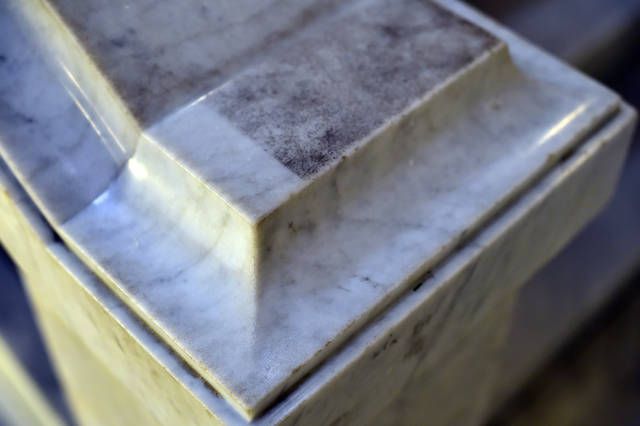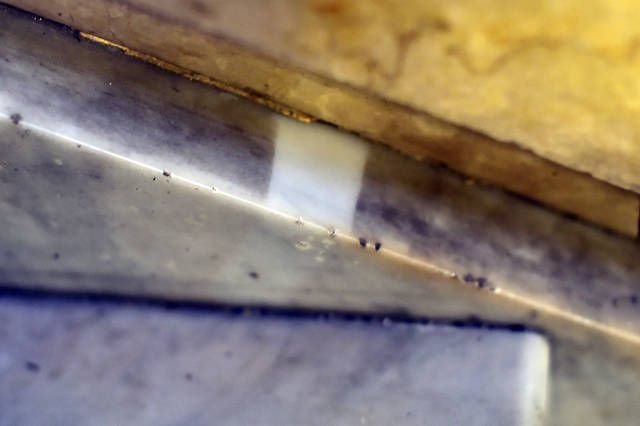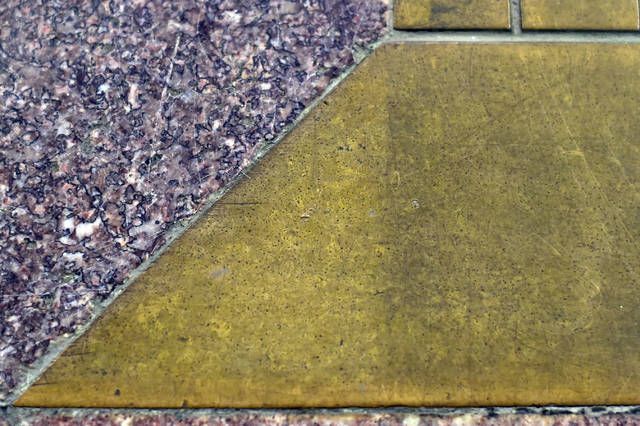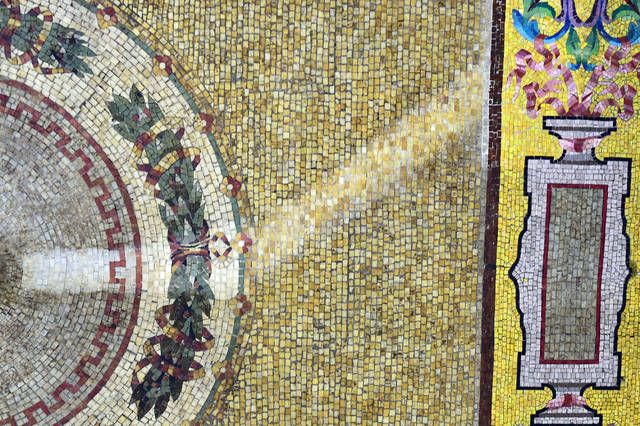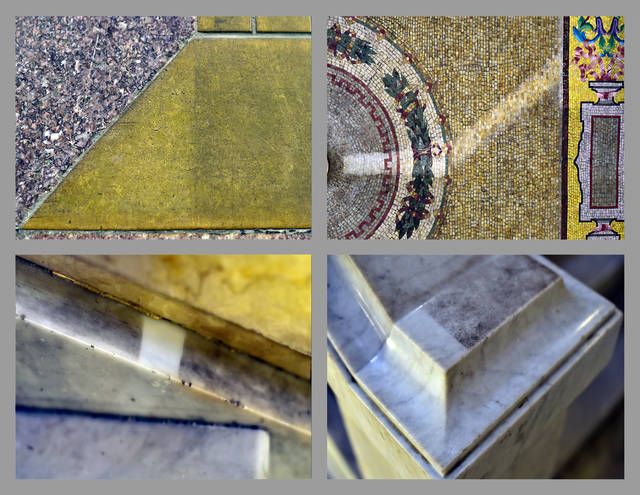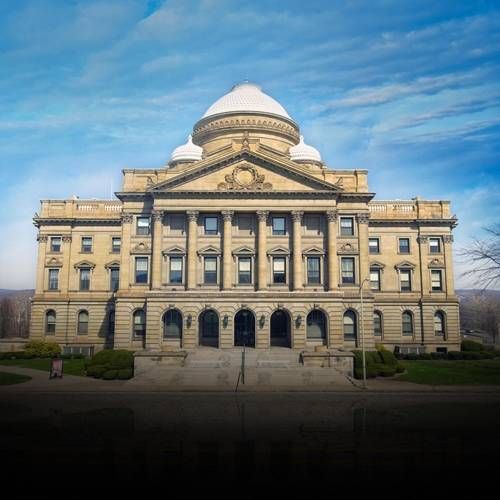Click here to subscribe today or Login.
A thick report details millions of dollars in work recommended inside the 108-year-old Luzerne County Courthouse in Wilkes-Barre to restore its art and finishes — a project officials now plan to start tackling.
Interior restoration had been on the back burner for years as the county focused on exterior repairs to stop leaks that had damaged plaster, tile, art and gilding inside.
Bids are due Tuesday for the first phase of interior restoration, which primarily covers work inside the dome and rotunda requiring scaffolding. Fears about falling plaster prompted officials to install see-through netting at the interior base of the dome several years ago.
The county’s capital plan earmarked $970,000 for restoration, and county Manager C. David Pedri’s proposed new capital plan would provide another $1.1 million. Pedri has said preserving the historic gem for future generations is a priority. County council members have until Sept. 1 to amend the plan.
County engineer Lawrence Plesh said all high-elevation work will be addressed in the first phase to avoid the repeated expense of scaffolding.
“Everything else in future phases could be done with a small lift,” Plesh said. “This project will take it back to the original appearance or use materials that make it look like the original.”
The nationally renowned New York City-based EverGreene Architectural Arts completed the report identifying restoration needs, which was submitted to the administration earlier this year. In addition to performing previous reviews in 2006 and 2012, the company visited the River Street property last August and September to photograph and document art and finishes, collect paint samples and complete cleaning tests of some surfaces.
A pressing concern highlighted in the report involves four canvas paintings of women inside the dome representing common law, statute law, moral law and equity.
These paintings are known as “pendentives” because they are in curved, triangular vaulting between the rim of the dome and supporting arches.
EverGreene said its limited assessment indicates the pendentives are “highly compromised” by biological deterioration, citing mold, mildew and fungus. The paintings may need to be removed for conservation, but some are so deteriorated the removal process may cause irreversible damage, it said.
Some other report findings:
Four lobby murals known as lunettes that had gilded backgrounds with stenciling also are in poor condition. They were heavily painted over during a past restoration, a practice known as “overpainting” that is not easily reversed.
“Replication may be the most economical and aesthetically pleasing option: the originals could be encapsulated and documented, remaining in situ with canvas replicas installed on top of the existing,” it said.
Work recommended on other murals inside courtrooms and elsewhere includes removal of discolored varnish, stabilization of flaking paint, surface cleaning and overpainting reversal.
Plaster in the dome must be stabilized and replaced where sections are missing.
Many of the architectural finishes — marble walls and columns, mosaic ceilings and bronze and wood doors — remain intact but require cleaning.
Dust and residue from the days smoking was permitted inside the structure have darkened the marble. Discreet cleaning tests showed the marble baseboard and handrail of the grand staircase are “especially soiled.”
Woodwork throughout the building is generally in good condition, but surfaces are dulled by dirt, floor wax or incompatible clear finishes, it said.
The report recommends cleaning of bronze and brass doors, railings, decorative floor accents, lighting fixture torches, wall screens and corridor-facing door knobs and other hardware.
The structure, which was added to the National Register of Historic Places in 1980, is an “outstanding example” of public architecture molded by the City Beautiful Movement, which emphasized monumental expressions of civic ideals and the integration of the highest architectural and artistic forms and materials, the report said.
The courtroom murals are the work of some of the most important American artists of the time and are the most valuable objects in the building, it said.
“Accordingly, the courthouse should receive the highest level of conservation and restoration, as befits a building of its historic and artistic significance,” the report said.
